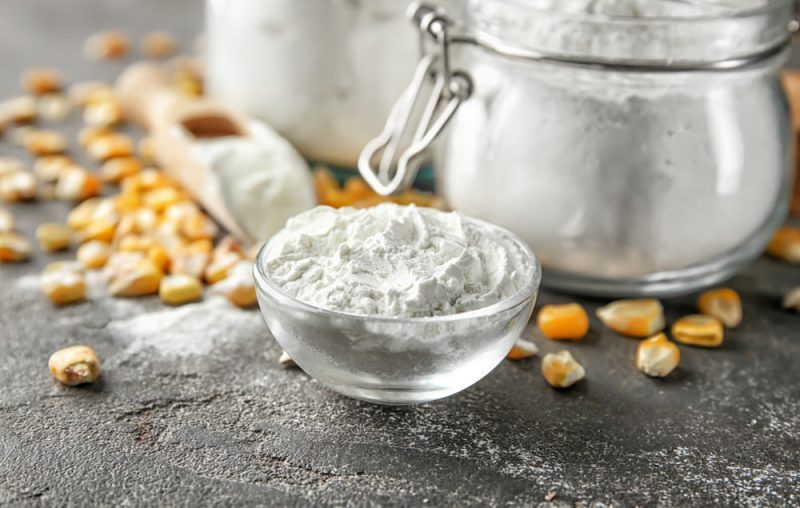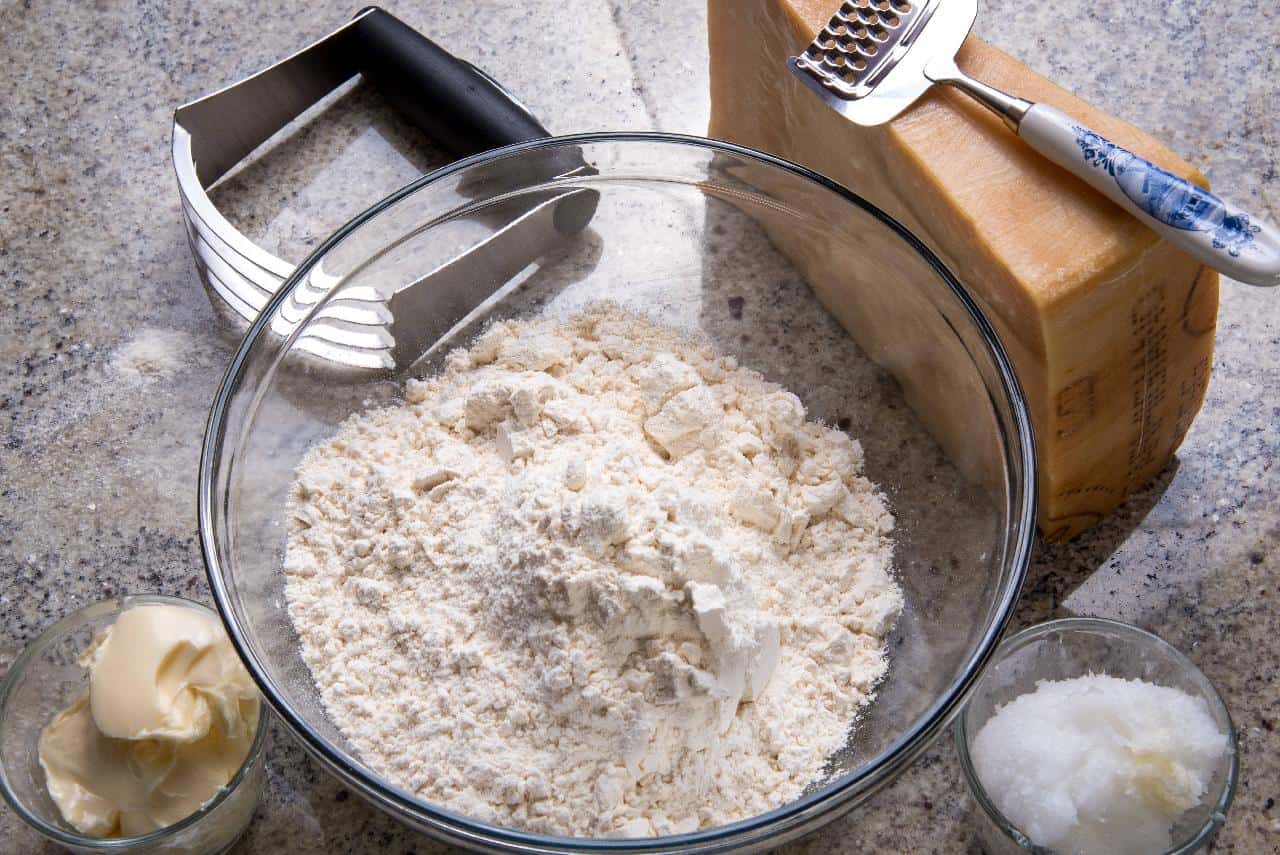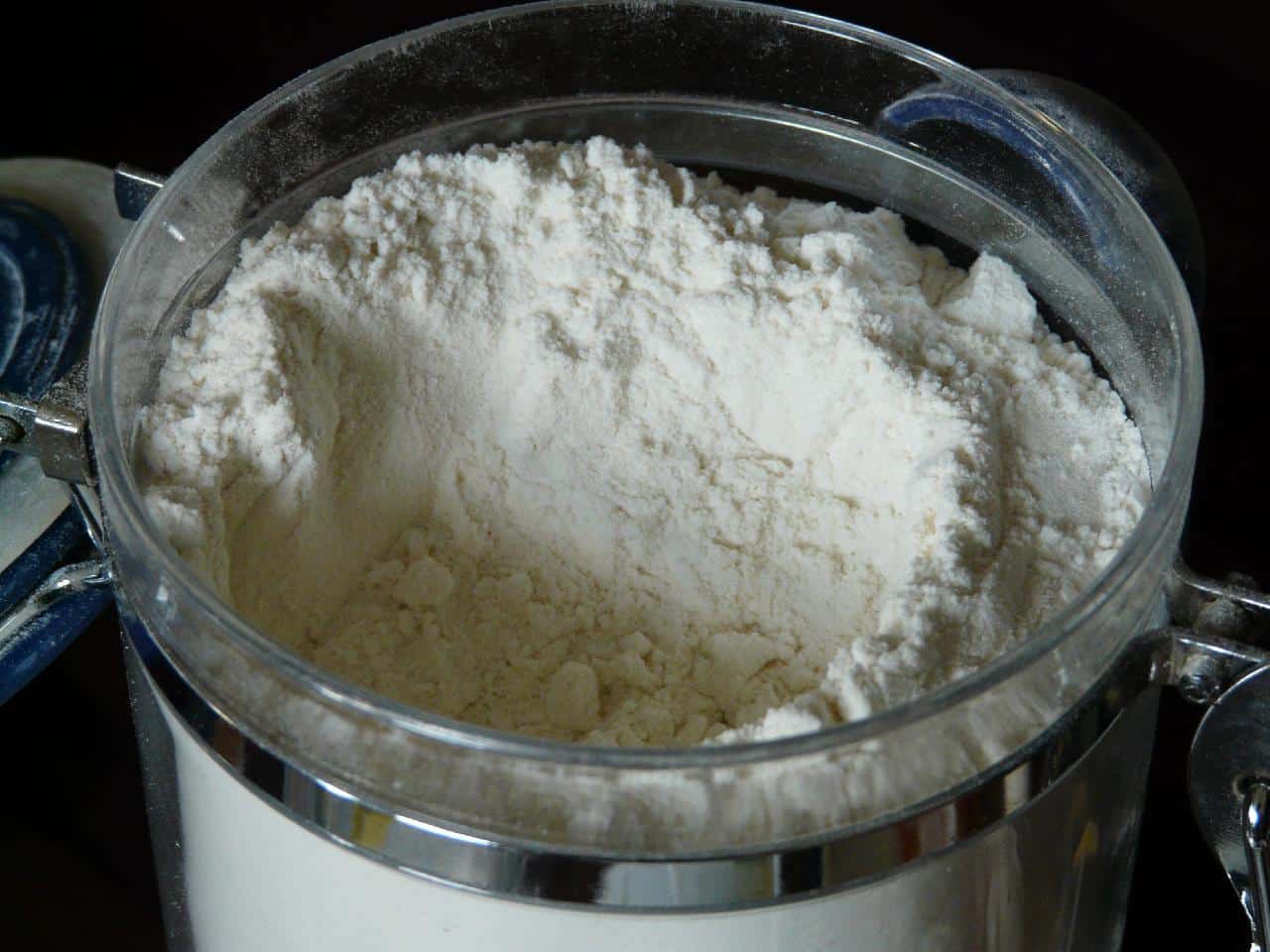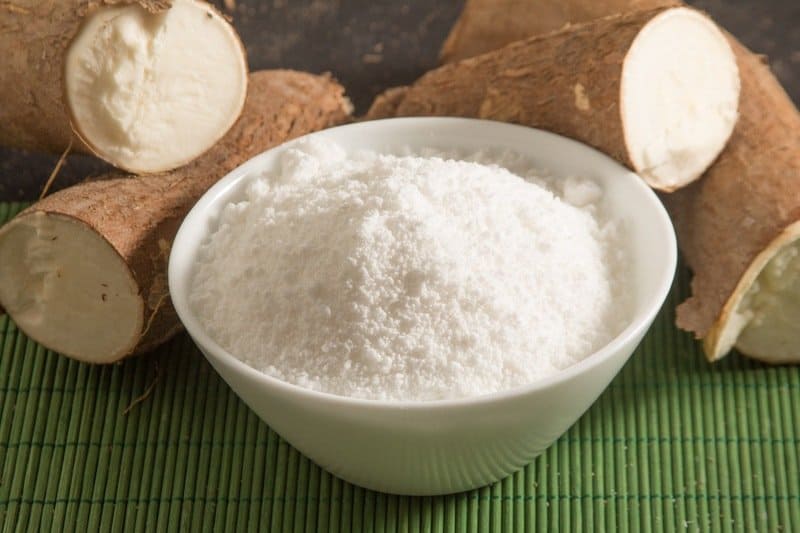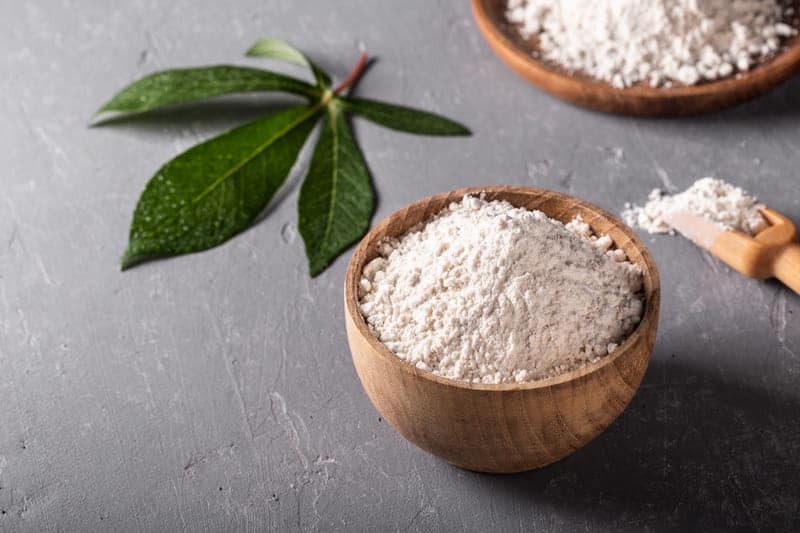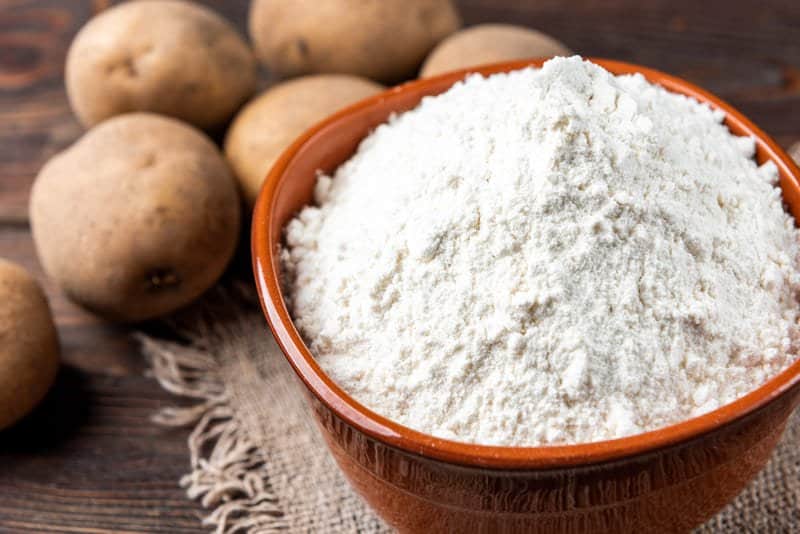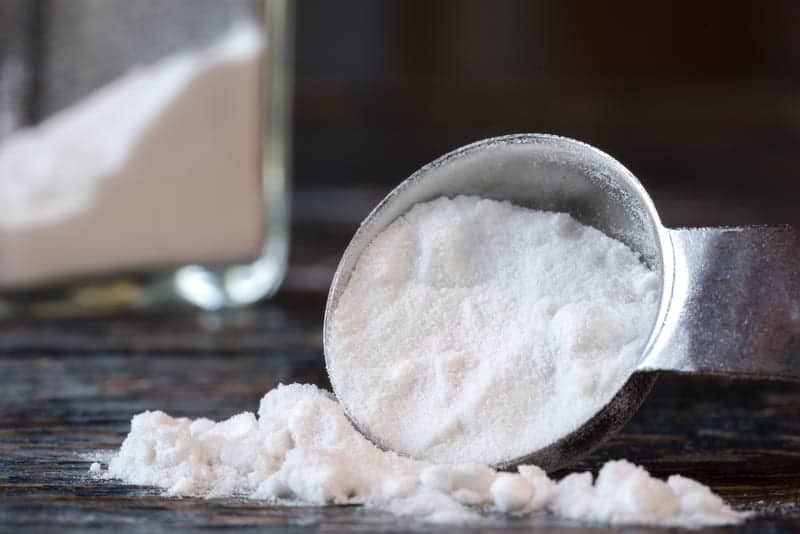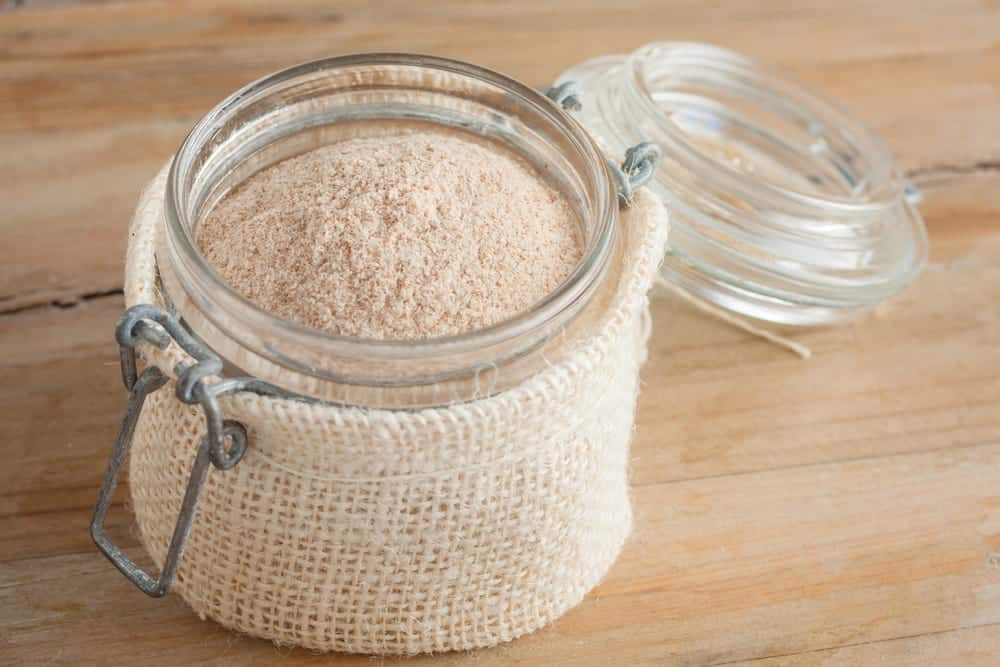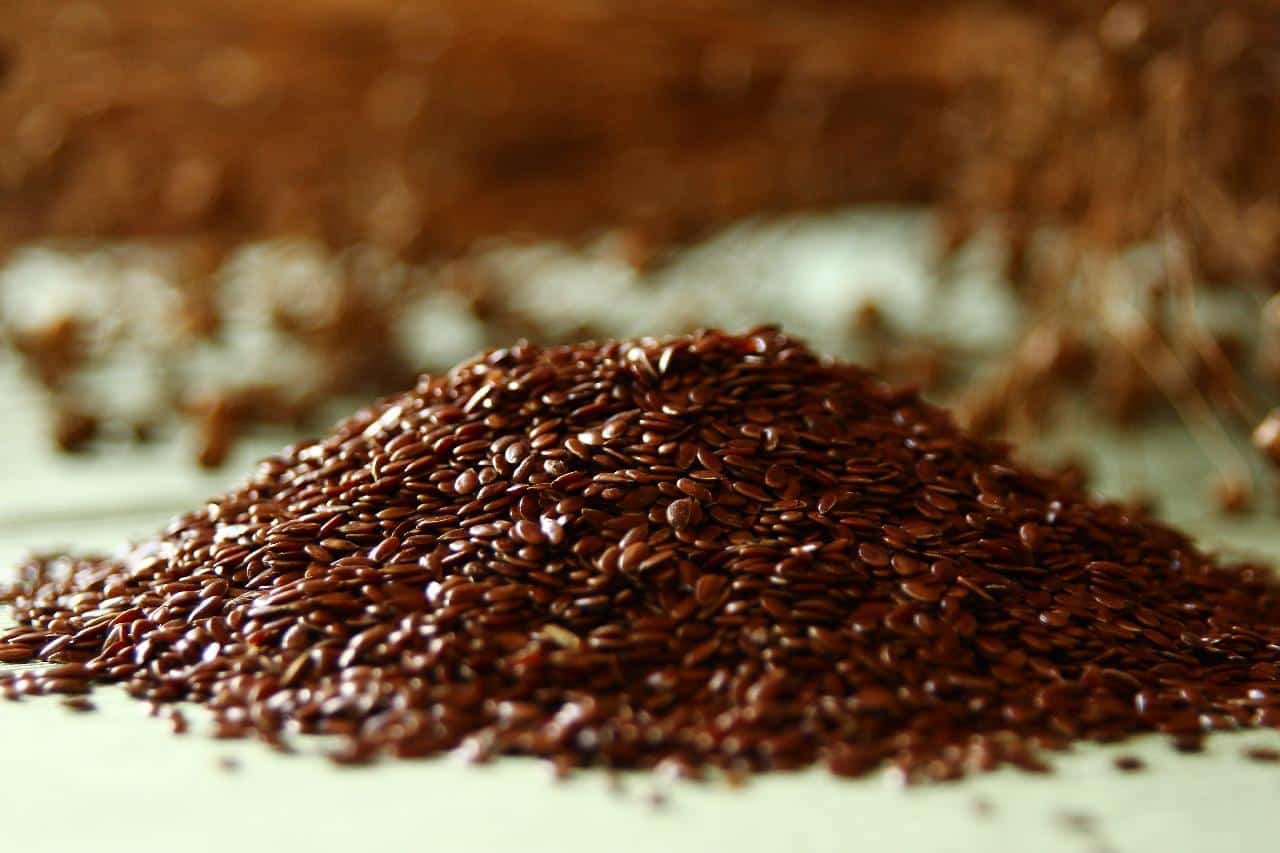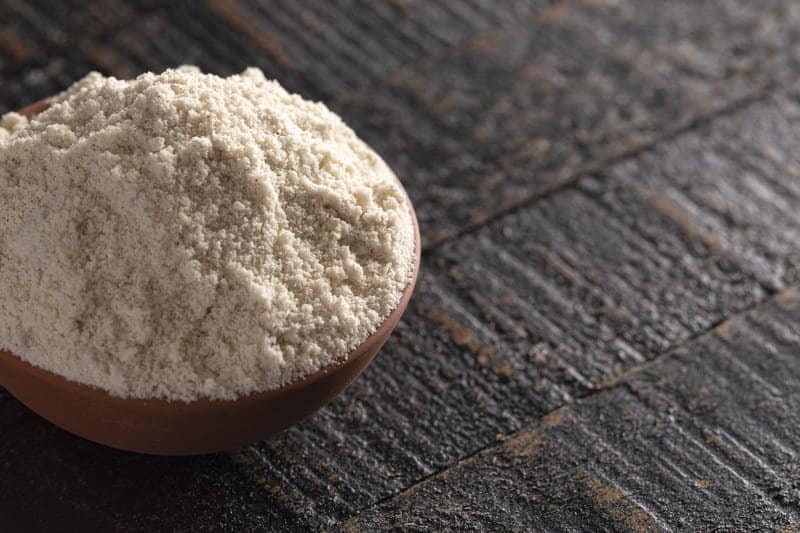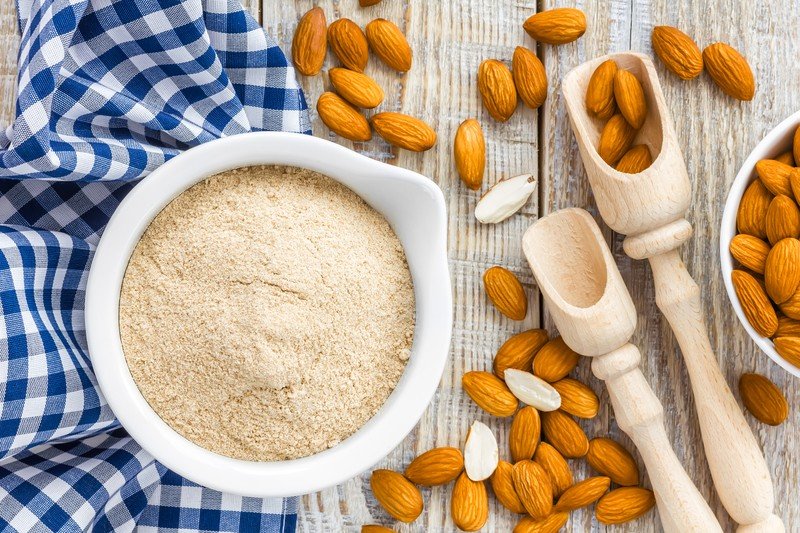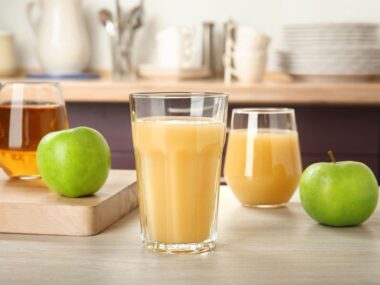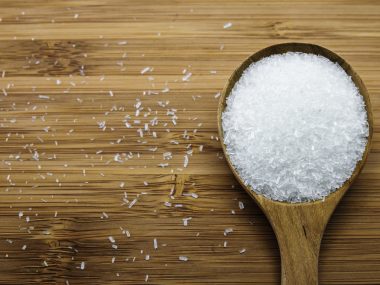Cornstarch, also known as corn flour and maize starch is a white powdery substance with many culinary uses. It is made from the center of the corn kernels which is called endosperm.
This product doesn’t have fiber and proteins like gluten and it is safe for people allergic to gluten. Cornstarch is often mistaken with cornflour even if they both have different flavors, uses, and nutrient content.
Corn flour is made when whole corn kernels are ground and contains fiber, protein, starch, vitamins, and minerals. Cornstarch, on the other hand, contains only starch, which absorbs liquids when heated.
The thickening properties of cornstarch make it a perfect ingredient for thickening sauces, soups, marinades, gravies, casseroles, pies, and many other dishes.
It is also used in marinades to make the meat softer and provide crispy coats to fried meat and veggies. Before you add the cornstarch into a hot liquid you should mix it with cold or with room temperature liquid to avoid any limps and uneven structure.
Cornstarch is a useful ingredient you should always have in your kitchen. But if you run out of it or forget to buy it there are some other ingredients you can use as a substitute.
The best substitutes for Cornstarch are wheat flour, rice flour, tapioca flour, cassava flour, potato starch, arrowroot flour, glucomannan, psyllium husk powder, or some of the next products.
Keep reading to learn more about each substitute and other interesting information.
Best Cornstarch Substitutes
Cornstarch is a good thickener but not the only one you can use in your meals. Some of the next ingredients make excellent substitutes for cornstarch. Maybe you will not get the same results as with cornstarch but your recipes will have a thicker texture anyway.
1. Wheat flour
You can easily find wheat flour. It is made with grinding wheat and contains fiber, protein, vitamins, minerals, and less starch than cornstarch.
Wheat flour can also thicken your recipes but first, you will have to mix it with cold liquid to stop it from making clumps and sticking together.
Wheat flour is not gluten-free so it is not suitable for people allergic to gluten. Substitute 1 tablespoon of cornstarch with 2 tablespoons of wheat flour in your meal for best results.
If you are using whole grain or brown flour you will need larger amounts so that you can get the same thick texture as when you are using cornstarch.
2. Rice flour
Made of ground rice this flour is usually used in soups, rice noodles, and desserts. People allergic to gluten can use rice flour instead of wheat flour because it is gluten-free. But you can also use rice flour instead of cornstarch to thicken your recipes.
To substitute 1 tablespoon of cornstarch, use 2 tablespoons of rice flour. Mix the flour with cold or warm water and add it to the recipe.
3. Tapioca flour
Tapioca flour is made only from the starch of the roots from the cassava vegetable native to South America. This gluten-free ingredient is a perfect substitute for wheat, cornstarch, and other grains.
You can use this flour instead of cornstarch in soups, sauces, stews, puddings, pies, desserts, and more. Use two tablespoons of tapioca flour to substitute one tablespoon of cornstarch.
4. Cassava flour
Cassava flour is made from the same root vegetable as tapioca flour-cassava. However, to make cassava flour, whole roots from the cassava veggie are grounded into a powder, whereas for the tapioca flour only the starchy liquid is extracted from it.
Cassava flour also has starch. So, you can use it as a thickening agent instead of cornstarch. Two tablespoons of cassava flour can be a good substitute for one tablespoon of cornstarch.
5. Potato starch
Potato starch is extracted from crushed fried potatoes. It is gluten-free and doesn’t have a flavor, so it will not overpower the other flavors in the recipe.
You should add this product later to your dishes since it takes in liquid and thickens faster than cornstarch. If it is cooked longer, the starch can easily break down and lose its thickening abilities. You can use potato starch in a 1:1 ratio as a substitute for cornstarch.
6. Arrowroot flour
Arrowroot flour is a common ingredient in baked goods and a thickening agent in various dishes. Made from the dried ground roots of some tropical plants this flour can be also used as a substitute for cornstarch in various recipes.
It is more nutritious, gluten-free, and has more fiber than cornstarch, so use 1 tablespoon of cornstarch instead of 2 tablespoons of arrowroot flour for a nice and thick dish.
7. Glucomannan
Glucomannan is a good substitute if you are on a low-carb diet. Made from the roots of a plant known as konjac, it is a pure fiber with low carbs and calories. This colorless powder can absorb 50 times its weight liquid which makes it a good thickening agent.
So, you should use smaller quantities of glucomannan as a substitute for cornstarch. Use ¼ teaspoon of glucomannan to replace 2 teaspoons of cornstarch. Mix glucomannan with cold water before you add it into your recipes to prevent any clumps.
8. Psyllium husk powder
Psyllium husk powder is used instead of flour for making low-carb bread and other baked goods. It is made from the ground seeds of a few plants and has a high amount of soluble fiber.
Psyllium husk powder can be a good substitute for cornstarch in your recipes. You can use one tablespoon of psyllium husk powder to substitute two tablespoons of cornstarch.
9. Ground flaxseeds
Ground flaxseeds can be used in many recipes as a substitute for cornstarch.
They are one of the oldest crops, nowadays known as a superfood that has high amounts of vitamins, minerals, fiber, protein, and omega 3 fatty acids.
When they are mixed with water ground flax seeds are forming a jelly. So you can use them to thicken your recipes instead of cornstarch.
Add 4 tablespoons of water to 1 tablespoon of ground flax seeds and use the mixture as a substitute for two tablespoons of cornstarch.
10. Xanthan gum
Xanthan gum is a food additive usually used as a stabilizer and thickening agent. It is made while sugar is fermenting with bacteria. They create a gel. Then, this gel is dried and ground into a powder that is used in cooking.
Xanthan gum is a strong thickener. So, it should be used in small amounts. Substitute one tablespoon of cornstarch with one tablespoon of xanthan gum.
11. Guar gum
Guar gum is a common thickener, stabilizer, and emulsifier. It is made from the milled seeds of the guar beans which are annual legumes.
This product is high in soluble fiber but low in calories. So, you can use it as a substitute for cornstarch in any recipe. You can start with ¼ of a teaspoon of guar gum to replace 2 teaspoons of cornstarch and add more if needed.
12. Sorghum flour
Sorghum flour has a mild flavor. It is often used as an alternative to regular flour in sweet and savory recipes. You can use it together with other gluten-free flours in cakes, muffins, pies, bread, and other baked goods and desserts.
Sorghum flour is made from the grounded sorghum grains and contains high protein, fiber, and nutrient content which makes this flour one of the substitutes you can use for cornstarch.
To substitute one tablespoon of cornstarch, use two tablespoons of sorghum flour.
13. Almond flour
Almond flour is nothing more than ground almonds without their skin. It has a sweet nutty flavor and contains many vitamins, minerals, and fiber.
Almond flour is used in recipes like cookies, muffins, pancakes, cakes, and other desserts, and baked goods. However, it is also used for thickening sauces, stews, and soups.
Substitute one tablespoon of cornstarch with one tablespoon of almond flour. You will get a beautiful nutty flavor and a thick texture.
14. Kudzu root starch
Kudzu root starch is another common thickener in cooking. It is made from the roots of kudzu plants and is usually used as a thickening agent in many sweet and savory dishes.
You can use it in sauces, gravies, stews, soups, cakes, fillings, toppings, and puddings. Just mix two tablespoons of kudzu in cold water and add it to the recipe. You can use this mixture as a substitute for two tablespoons of cornstarch.
15. Blended vegetables
If you don’t have any of these products, you can use blended veggies to thicken your dish. Boil vegetables like pumpkin, potato, zucchini, or cauliflower and blend them. You will get a dish full of nutrients, with thick texture and beautiful flavor.
FAQs
Can you use baking powder instead of cornstarch?
You can’t use baking powder instead of cornstarch. It doesn’t have thickening abilities like cornstarch. Baking powder is a leavening agent. It is commonly used to rise baked goods. While cornstarch is used as a thickening agent in recipes.
Can I use all-purpose flour instead of cornstarch?
You can use all-purpose flour instead of cornstarch. To substitute 1 tablespoon of cornstarch you will need 2 tablespoons of all-purpose flour.
How can I thicken the sauce without cornstarch?
You can thicken the sauce without cornstarch if you add other thickeners like arrowroot or tapioca flour. However, if you don’t have these ingredients at hand, you can use flour to thicken the sauce.
Mix 2 tablespoons of flour with cold water and add it to the sauce. Simmer the sauce until it is thickened. However, the flour will alter the color of the sauce and make it cloudy. So, you can’t use flour for clear and light sauce. Arrowroot and tapioca flours work best for these sauces.
How do you make homemade cornstarch?
You can’t make cornstarch at home because you will need special equipment to separate the germ from the endosperm of the corn kernels.
However, you can make corn flour at home. You can make homemade cornflour if you mix white or yellow corn. Just put the corn in a bowl and add water to cover the corn.
Let it sit for about 12 hours, so it can become soft and absorb water. Rinse it well until the water is clear. Blend the corn with some water to get a smooth texture.
If the texture is very thick you can add more water to get a runny texture. Strain the mixture with cheesecloth and let it rest for 2-4 hours until all the water is strained.
When it is fully strained place the paste into a tray and dry it in the sun. Or dry it in a dehydrator if you have one at home.
When the cornflour is fully dry grind it until you get a fine powder. Put it in an airtight container and your cornflour is ready to use.
Are cornstarch and flour the same?
Cornstarch and flour are not the same. Cornstarch is made from the center of the corn kernels-endosperm, while flour is a wheat product.
Is cornstarch the same as baking soda?
Cornstarch is not the same as baking soda. Baking soda is a leavening agent. It is used in baking goods to help them to rise. Cornstarch, on the other hand, is a thickening agent used to thicken sauces, soups, pies, cake fillings, and many other recipes.
Conclusion
There are many good ingredients you can use instead of cornstarch. Some of them are very nutritious and will make your recipes healthier and with a thicker texture.
You can use some of the products listed in today’s article as thickening agents in different sauces, soups, pie fillings, cakes, stews, and many other sweet and savory dishes.
You can use potato, rice, or wheat flour if you are frying food. But if you need a replacement for cornstarch in your sauce arrowroot and tapioca flour will do just fine.
Which substitute you will choose depends on the type of dish and what texture you want to achieve.
